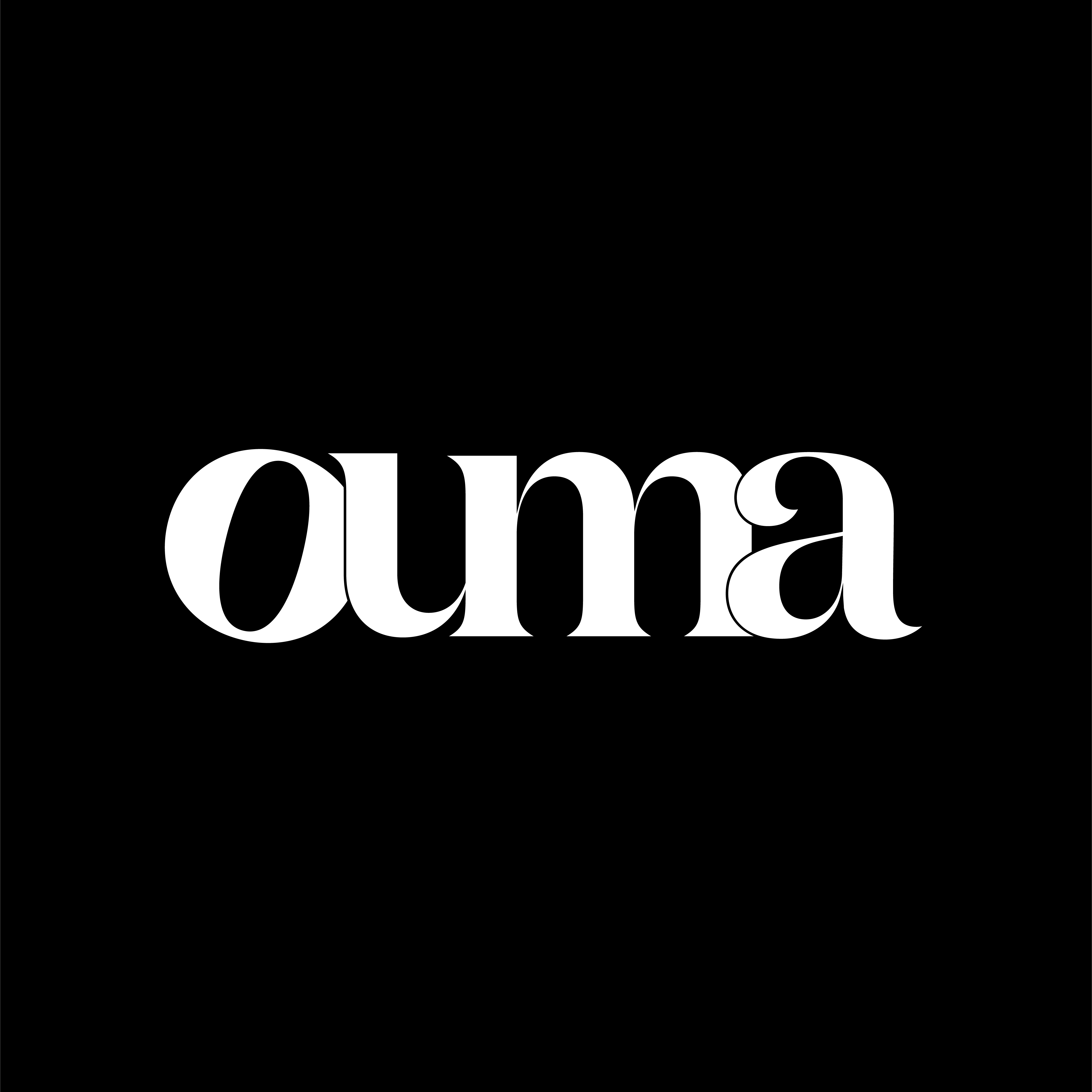Which Social Media platform is best suited to your business?
- Ross Jones
- Jul 17, 2017
- 4 min read
Updated: Jan 3, 2020

Each company is suited to different social media platforms depending on their audience and content type. What works well on one platform may not work well on another. Social media is becoming a big must in the business world, and to reach full potential your business should be using it too. So, the big question is – what are the key differences between each platform?
The main social sites are LinkedIn, Twitter & Facebook. Combined, the three have around two billion monthly active users. This means they’re a great way of gaining new customers and creating brand awareness. Let's take a look at them.
LinkedIn differentiates itself from the other two due to it being a professional platform. Think of it as a networking event, a place you go to connect with other professionals & exchange contact details. It has a very corporate approach and most posts are work & industry related. A lot can be learned from LinkedIn and it is a definite must as a personal account, if not a company account.
Let’s highlight the key characteristics of LinkedIn…
More suited to B2B marketing than B2C. So, if you’re a business that focuses on gaining clients, LinkedIn is perfect for you.
Can connect with other users. LinkedIn has a feature which allows you to connect with others. This is like a friend request on Facebook. Once accepted, they will see any updates you post or content you like & share. Sharing your businesses updates on personal accounts can create great exposure if you have many connections.
Personal profiles can act as a ‘resume’. They can be tailored with an introduction about yourself, your job history, education, key skills & interests. This is a great way to find new employees if you’re company is looking to fill a new role.
LinkedIn Publishing allows users to create and publish blog posts about their interests and expertise. Not only is this good exposure for companies, it can also be great for them to learn about new things.
You can upgrade to a premium LinkedIn account. LinkedIn includes a premium version, which is split into four categories: career, business, sales & hiring. Each of these come with different features you wouldn’t otherwise get. But don’t worry – a free account is still very effective.
The whole purpose of Facebook is to allow you to keep in touch with friends and family. After all, it was originally created by Mark Zuckerberg, along with roommates, so that those leaving college could stay in touch. Facebook provides businesses with great opportunities to find new consumers, or even new employees.
So, what makes Facebook different than the rest?
Facebook is suitable for more B2C and B2B marketing, although it may take a bit more effort for B2B.
Has its own ‘Marketplace’. This allows you to sell or buy products that people are advertising. They can simply search it into the search bar at the top & look through the marketplace. This is a great way to display your products and services!
Facebook has many apps which you can use whilst on the platform. They have games, quizzes, polls, even an option for custom tabs.
There are a lot of advertising options, including free and paid advertising. There are many available options for awareness type, consideration type and conversion type. So from advertising offers, to gaining website clicks, Facebook can do it.
Explaining Twitter simply, it is used to announce a 140 character ‘tweet’ which is broadcasted to followers. Twitter is popular amongst businesses, and it a great way to connect with your consumers on a personal level. Although it is very limited on character count, Twitter is still a great way to communicate, enabling you to upload images, gifs & videos that you can populate with information.
It is mainly used for B2C marketing.
Twitter is one of the main ways audiences interact with business, and it can act as a support centre for consumers. Take TalkTalk for example, they have their own support account to help with issues individuals may be having. This gains trust and loyalty for businesses.
The option for polls. Creating content on Twitter doesn’t need to just be 140-character text. You can spice up your announcements by including gifs, videos and even polls! This is a great way to be interactive with consumers.
Trending topics. Although Facebook also has this feature, it isn’t as successful as the use of it on Twitter. Trending hashtags are used and displayed at the side of your account & users can browse through to see all relating tweets – from anyone! This is great for any events that may be trending that your business can tweet about. There is also an option to sponsor a hashtag, although this can be pricey.
To conclude, these platforms have many similarities but also plenty of differences. It is a good idea to differentiate posts when using each platform, or even stray away from platforms that aren’t suited to your business.
Want to know more about social media management? Contact Ouma today.







Comments